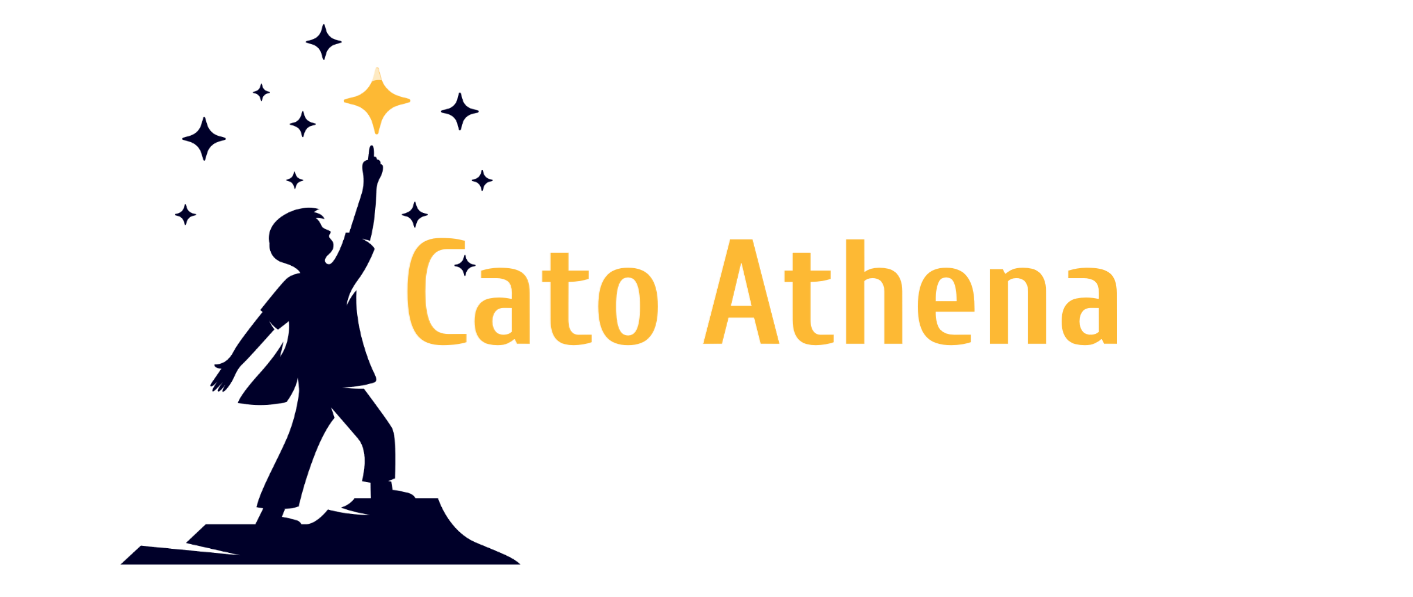Benutzer:Zeinhofer/Priority Heuristic
The priority heuristic is a boundedly rational, lexicographic decision strategy that correctly predicts major violations of expected utility theory (e.g., the Allais paradox, the four-fold pattern, the certainty effect, the possibility effect, or intransitivities). [1] It is a strategy for difficult, non-trivial decisions. The heuristic is preceded by similarity checks as proposed by Rubinstein.[2] ,[3]
Similarity Checks
[Bearbeiten | Quelltext bearbeiten]Rubinstein proposed a three-step-model according to which people first check for dominance and stop if it is present, otherwise they check for similarity in Step 2.[2] In the following choice problem, for example, the chances of the two gambles are similar (i.e., small difference between 50% and 52%), while the monetary outcomes are dissimilar (i.e., large difference between 2,000 and 1,000). Similarity checks, therefore, predict that people choose Gamble I.
I: 50% chance to win 2,000
- 50% chance to win nothing
II: 52% chance to win 1,000
- 48% chance to win nothing
The above choice is easy and triggers no conflict. If similarity checks are not decisive because the two differences are small or both large, conflict ensues, and Rubinstein suggested that people proceed to a third step that he left unspecified. The priority heuristic elaborates on Rubinstein’s framework by specifying Step 3.
Priority Heuristic
[Bearbeiten | Quelltext bearbeiten]For illustrative purposes consider a choice between two simple gambles of the type “a chance c of winning monetary amount x; a chance (100 - c) of winning amount y.” A choice between two such gambles contains four reasons for choosing: the maximum gain, the minimum gain, and their respective chances; because chances are complementary, three reasons remain: the minimum gain, the chance of the minimum gain, and the maximum gain.
For choices between gambles in which all outcomes are positive or zero, the priority heuristic consists of the following three steps (for all other choices see Brandstätter et al. 2006):
Priority rule: Go through reasons in the order of minimum gain, chance of minimum gain, and maximum gain.
Stopping rule: Stop examination if the minimum gains differ by 1/10 (or more) of the maximum gain; otherwise, stop examination if chances differ by 10% (or more).
Decision rule: Choose the gamble with the more attractive gain (chance). The term “attractive” refers to the gamble with the higher (minimum or maximum) gain and to the lower chance of the minimum gain.
Examples
[Bearbeiten | Quelltext bearbeiten]The following two choice problems were developed to support prospect theory, not the priority heuristic.[4]
Problem 1
A: 80% chance to win 4,000
- 20% chance to win nothing
B: 100% chance to win 3,000
Most people chose Gamble B (80%). Rubinstein’s similarity checks are not decisive, because no gamble is obviously better than the other. The priority heuristic starts by comparing the minimum gains of the Gambles A (0) and B (3,000). The difference is 3,000, which is larger than 400 (10% of the maximum gain), examination is stopped; and the heuristic predicts that people prefer the sure gain B, which is in fact the majority choice.A
Problem 2
C: 45% chance to win 6,000
- 55% chance to win nothing
D: 90% chance to win 3,000
- 10% chance to win nothing
Most people (86%) chose Gamble D. Similarity checks are not decisive again and people are predicted to use the priority heuristic. The heuristic starts by comparing the minimum gains (0 and 0). Because they do not differ, the probabilities (.45 and .90 or their logical complements .55 and .10) are compared. This difference is larger than 10%, examination stops and people are correctly predicted to choose Gamble D because of its higher probability of winning.
Empirical Support
[Bearbeiten | Quelltext bearbeiten]The priority heuristic correctly predicted the majority choice in all (one-stage) gambles in Kahneman and Tversky (1979). Across four different data sets with a total of 260 problems, including gains, losses, mixed gambles, multi-outcome gambles and randomly sampled gambles, the heuristic predicted the majority choice better than (a) cumulative prospect theory, (b) two other modifications of expected utility theory, and (c) ten well-known heuristics (such as minimax or equal-weight) did.[1] However, the priority heuristic has no free parameters, which triggered criticism [5], [6] and countercriticism.[3], [7], [8]
References
[Bearbeiten | Quelltext bearbeiten]- ↑ a b Brandstätter, E., Gigerenzer, G., & Hertwig, R. (2006). The priority heuristic: Making choices without trade-offs. Psychological Review, 113, 409–432.
- ↑ a b Rubinstein, A. (1988). Similarity and decision making under risk (Is there a utility resolution to the Allais-paradox?). Journal of Economic Theory, 46, 145–153.
- ↑ a b Brandstätter, E., Gigerenzer, G., & Hertwig, R. (2008). Risky choice with heuristics: Reply to Birnbaum (2008), Johnson, Schulte-Mecklenbeck, and Willemsen (2008), and Rieger and Wang (2008). Psychological Review, 115, 281–289.
- ↑ Kahneman, D., & Tversky, A. (1979). Prospect theory: An analysis of decision under risk. Econometrica, 47, 263–291.
- ↑ Birnbaum, M. H. (2008). Evaluation of the priority heuristic as a descriptive model of risky decision making: Comment on Brandstaätter, Gigerenzer, and Hertwig (2006). Psychological Review, 115, 253–262.
- ↑ Johnson, E. J., Schulte-Mecklenbeck, M., & Willemsen, M. C. (2008). Process models deserve process data: A comment on Brandstätter, Gigerenzer, and Hertwig (2006). Psychological Review, 115, 263–273.
- ↑ Brandstätter, E., & Gussmack, M. (2013). The cognitive processes underlying risky choice. Journal of Behavioral Decision Making, 26, 185–197.
- ↑ Su, Y., Rao, L. L., Sun, H. Y., Du, X. L., Li, X., & Li, S. (2013). Is making a risky choice based on a weighting and adding process? An eye-tracking investigation. Journal of Experimental Psychology: Learning, Memory, and Cognition, 39, 1765–1780.
Notes
[Bearbeiten | Quelltext bearbeiten]A For ease of exposure prominent numbers are neglected.
Weblinks
[Bearbeiten | Quelltext bearbeiten]http://library.mpib-berlin.mpg.de/ft/eb/EB_Priority_2006.pdf
